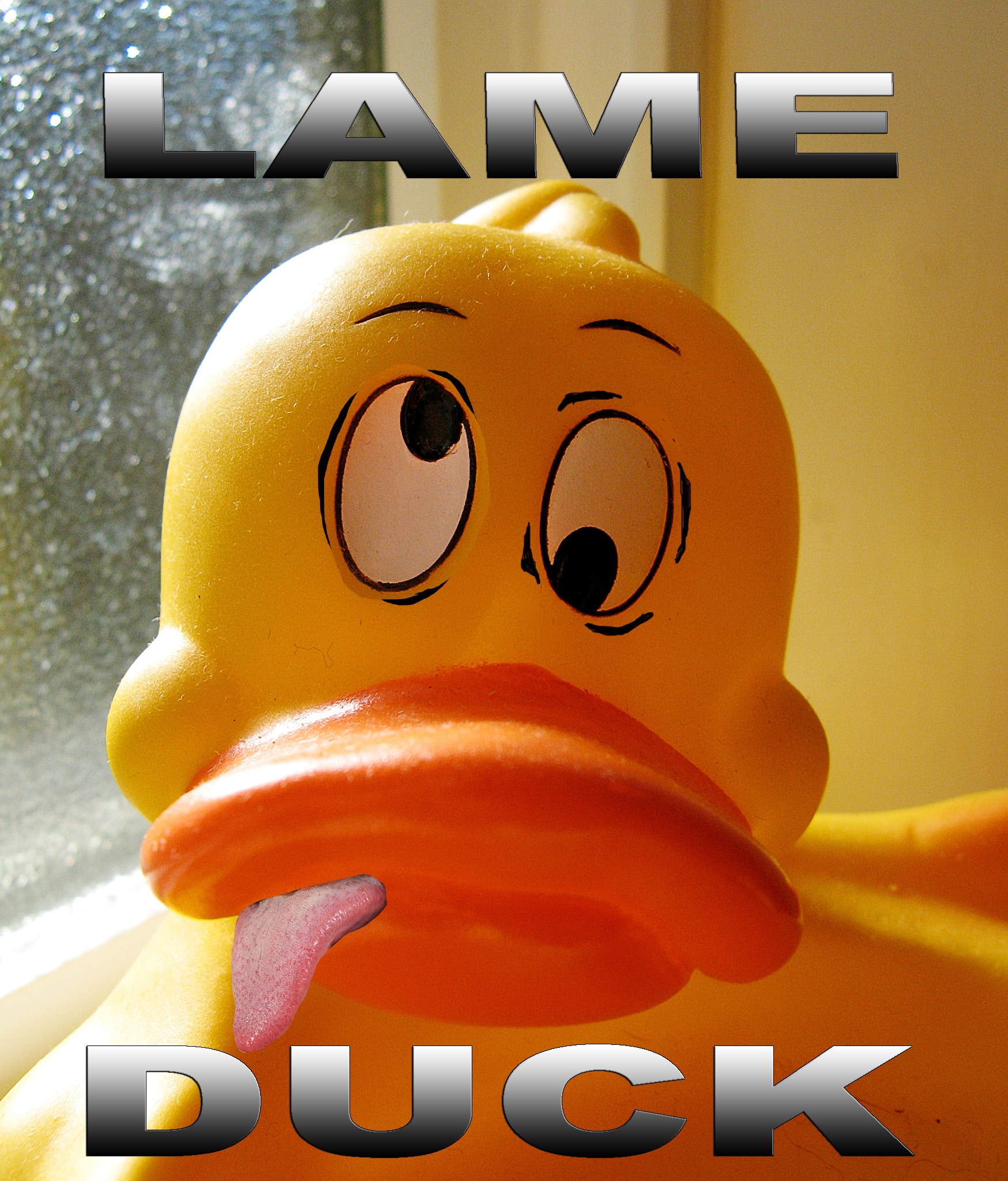
Who said, �LAME DUCK?�
STEVEN GORANSKY, THE VISION STAFF WRITER / GRAPHICS
What does the term �lame duck� mean?
A lame duck is usually referring to the president of the United States (POTUS) during the last two years of his of her term. The commander-in-chief is not running for office again and the odds of being fired, impeached or arrested are slim to none. The only thing the president has have to lose is his/her legacy.
It used to be that a lame duck did not really do much, almost just coasting to the end, because the opposing party was not motivated to collaborate, but these days presidents are using executive orders to make radical decisions that were intended to be molded by all three branches of our government. So what does that mean? Anything could happen; anything is possible.
The largest immediate concern is that President Barack Obama will use executive order to legalize some 15 to 30 million unvetted strangers during a time of terror attacks and threats from around the globe. The Republicans have advised: �don�t play with matches�. The lame duck period between President George W. Bush and Obama was considered relatively smooth and seamless, since Bush agreed with Obama’s request to ask Congress to spend $350 billion on the bailout of the banks, spawning the very un-American expression, �too big to fail.�.
Maybe the duck was not lame enough.
Large political moves can be complicated, but on the lighter side lets look at hijinks of families moving into and out of 1600 Pennsylvania Avenue.
The lame duck period between Clinton and Bush-43 was marred by embarrassing accusations of “damage, theft, vandalism and pranks.” The estimated cost of those pranks was $13,000 to $14,000. A follow up report from the White House produced a list of alleged vandalism including removal of the W key from computer keyboards. The Clinton’s were also accused of �keeping� items from the White House. The Clinton’s denied the accusations, but agreed to pay more than $85,000 “to eliminate even the slightest question” of tacky-tacky behavior.
However, it is noted that similar pranks were reported in prior transitions, including the one from George H.W. Bush (Bush-41) to Clinton in 1993, but Bush-41 was never presented with a bill of $85,000 or even one red cent. So, that says something.
But back to lame duck presidents with major tough decisions on their plates.
One of the most difficult lame duck periods in U.S. history was the 1860-1861 transition from James Buchanan to that of Abraham Lincoln. Buchanan held that the states did not have the right to secede from the union, but that it was also illegal for the Federal government to go to war to stop them. Between November 6, 1860 and March 4, 1861, seven states seceded and sparked the conflict leading to the Civil War between the Northern and Southern states.
Talk about lame ducks playing with matches.


